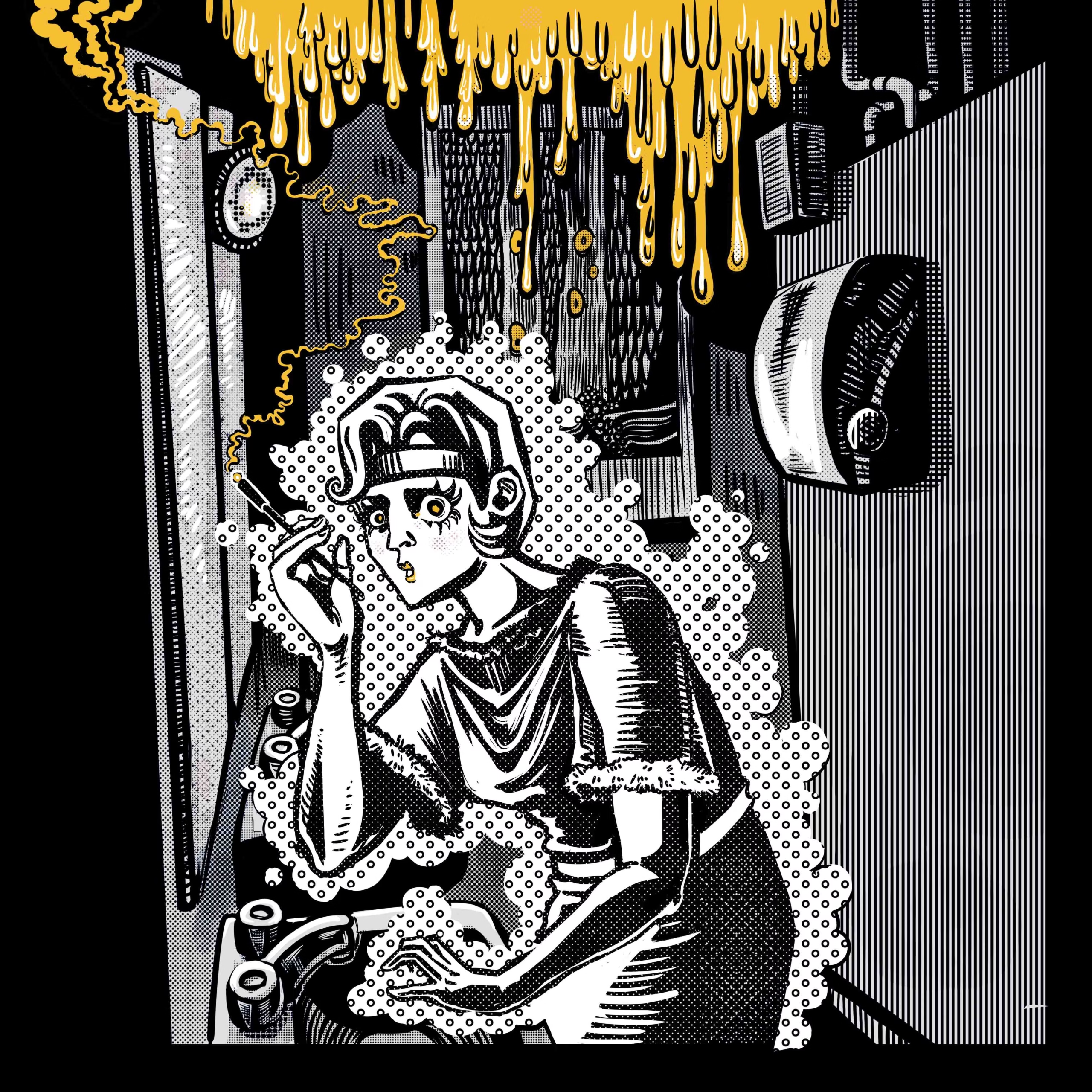
In our new feature, we walk to get to know a new neighbourhood
Tanishka Kundu
CCE CONTRIBUTOR
Joanna Rickert Hall is a professor by trade. She is a historian who became interested in the Waterloo Region while researching her own lineage. The names and incidents started to overlap and she decided to specialize in the local history of Waterloo. We are here in Waterloo Park, which is home to the Eby Farmhouse and the Log School House and now has a designation as a heritage site, largely thanks to Joanna’s petition to the city vouncil.
As we walk around the Log School House, the first school in Waterloo, she points out the stones lying in front of it. They are apparently First Nations grindstones. Jacob Stroh, a local archaeologist, donated them to the park: one was found north of Waterloo near the town of Conestoga, the other was found in Manheim, in the south end of Kitchener. “Both were Aboriginal grindstones. Some of the wear patterns [were created as it was used] to thresh grain or prepare hides for leather,” Hall tells me.
The 1820s log house has five windows, set high off the ground. I have to jump multiple times to overcome the limitations of my height to peek in. There are five rows of benches. In the front of the room, there is a long desk. The desk was the property of the teacher. The students would study their lessons on a slate, using graphite tools. They studied arithmetic, German, history and geography. They used the Bible as a textbook. They studied in school up to grade eight and then went on to farm the land or learn to manage the house. The stairs leading up to the front door and the newly put-up heritage plaque, I learn, were a later addition.
The school stood level to the ground. It was shifted three times. Originally, it stood on King and Central, then it was moved closer to Berlin (now Kitchener) before finally shifting to Waterloo Park. At one point in history, there was a chimney on its roof.
And it served as more than a school house. An ex-slave, Levi Carroll lived in the house with his family in the mid to late nineteenth century. Records show that he would regularly have tenants in the house with him, which was an efficient way to handle costs of living. Levi, like many other ex-slaves, had settled here in the Waterloo region with the peaceful Mennonites who often hired ex-slaves to work in the fields. Levi had three wives, all of whom he outlived. His descendants are quite famous, I am told. In fact, his step-great-great -granddaughter is the musician Diana Braithwaite, who will be performing here in KW this summer.
Waterloo Park used to be farmlands. It belonged to Jacob Eby before it was sold to the Council of Waterloo. There would have been orchards then, full of cherries, apples and other crops. When he died, Eby’s wife sold the property to the City. In those days, it was easier for a single woman to sell her husband’s land than pay someone to cultivate and maintain the land.
The farmhouse still stands. We walk over to it. There is a sign reading “Waterloo Potters Workshop.” They rent some of the space inside the Eby Farm house; the rest is lying empty. We trot off to the back, where the porch seems to be in a state of renovation. A few hundred years ago there would have been people on this porch: laughing, talking, maybe dusting carpets and hanging up clothes to dry.
Next, we come to the picnic area. The wind is getting stronger, but the sturdy benches sit evenly on the grass. When the Council decided to turn the farm into a park, they added picnic areas and the little zoo we all love.
It’s not what it once was, but the park has become home to a new generation of locals who still use it as a gathering place, a central point in the community and a reminder of our heritage.




Leave a Reply